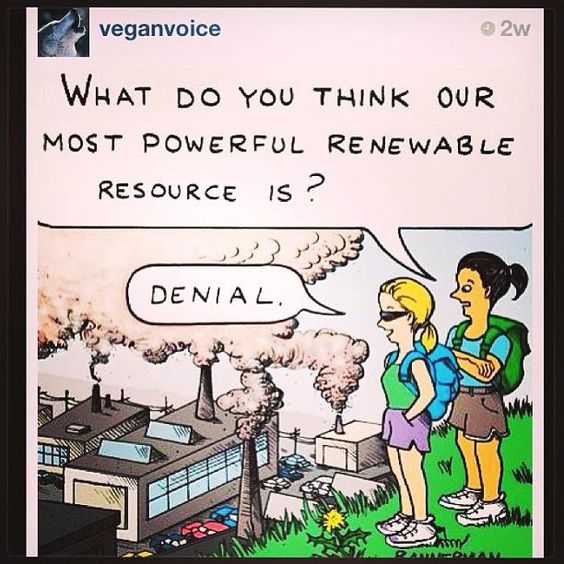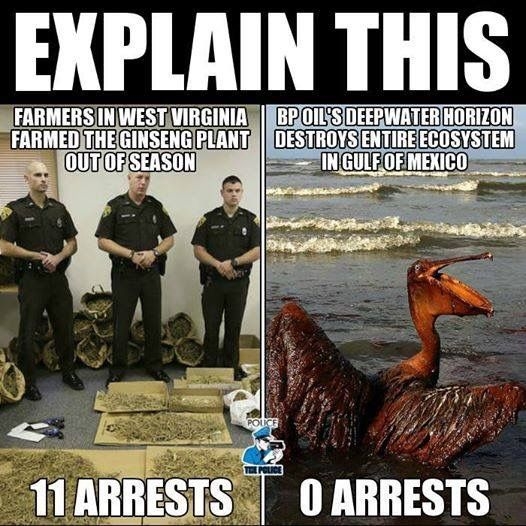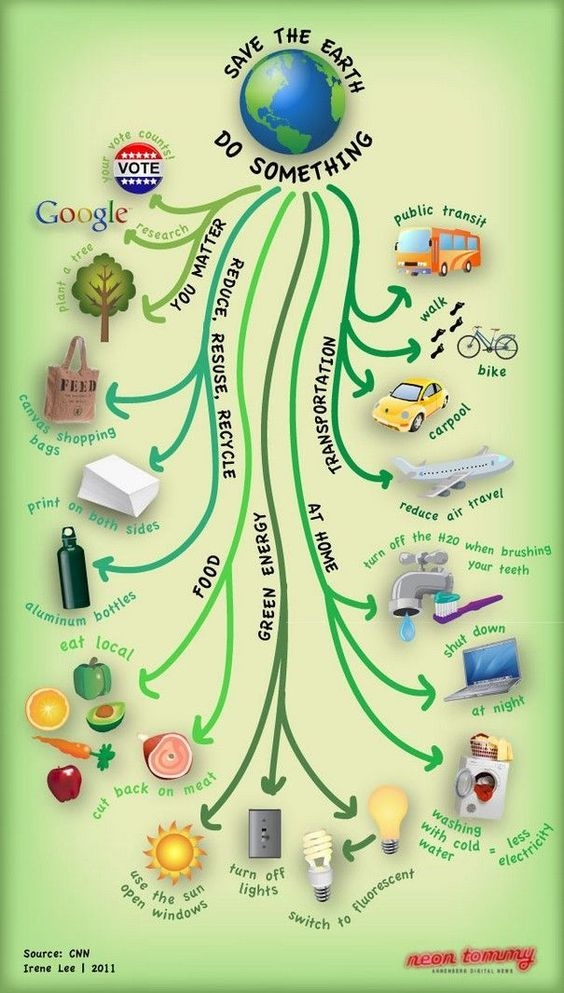Sipho Kings29 May 2017 original
Nearly 10-million people worldwide were employed in the renewable energy sector in 2016, double the number of people working on building solar and wind power generation five years ago.
The International Renewable Energy Agency’s annual report, Renewable Energy and Jobs: Annual Review 2017, says most of these jobs are in countries that have adopted renewable energy on a large scale: China, Brazil, India, Japan, Germany and the United States. China alone has 3.6-million people working in the sector.
Some 62% of all the jobs are in Asia. Building and installing solar photovoltaic panels is the single largest employer, with three-million people working on the technology worldwide.
Hydropower, which employs 1.5-million people worldwide, still produces more capacity than any other renewable.
Put together, the rapid growth of renewable energy is replacing jobs in fossil fuels.
More than 170-gigawatts of renewable energy was built globally last year. That’s as much as the entire capacity of every country in the world a decade ago. It is four times the capacity of South Africa’s grid.
The agency’s report predicts that 24-million people will be working in the sector by 2030. This will “more than offset fossil-fuel job losses” and become a major driver of economic growth around the world, it says.
Data from the World Coal Association, the industry’s lobby group, says seven million people work in the coal sector globally. It also notes that six million work in the oil and gas sectors.
In African countries, renewable energy is allowing governments to bring energy to people who are too far away to connect to the national grid. It is also creating sustainable industries. More than 62 000 people are employed by renewable energy on the continent. About 28 000 of those jobs are in South Africa, the largest renewable industry on the continent.
That is down to the 2011 start of the Renewable Independent Power Producer Procurement Programme. Driven by national blackouts and instability in Eskom’s supply, private companies bid to supply renewable energy, using whichever source they thought best.
This has resulted in 92 renewable plants either working, or being built, across the country. Most of these are in rural areas such as Cookhouse in the Eastern Cape, where they are a rare source of industrialised jobs.
Because of demand from these plants, local factories were built to make components, so reducing the cost of the parts, which in turn has resulted in cheaper electricity. In 2011, the solar plants were bidding to sell electricity to Eskom at R3.65 a kilowatt-hour. Now plants are bidding to sell it at 60c a kilowatt-hour. Eskom’s new plants at Medupi and Kusile are projected to sell at about R1.20 a kilowatt-hour.
The success of the renewable programme has seen the use of private companies bidding to supply other countries. But it has come to a halt in South Africa because of political interference and Eskom’s refusal to sign contracts with 26 new renewable plants.
The South African Renewable Energy Council has warned that “the economy is in jeopardy of losing 15 000 possible jobs”. This includes 13 000 jobs in building the plants, and 2 000 jobs in operating the new plants. More than R50-billion worth of investment would also be lost.
South Africa’s had a head start with its ambitious renewable programme but decisions taken in parastatals and by ministers has undermined it.















































